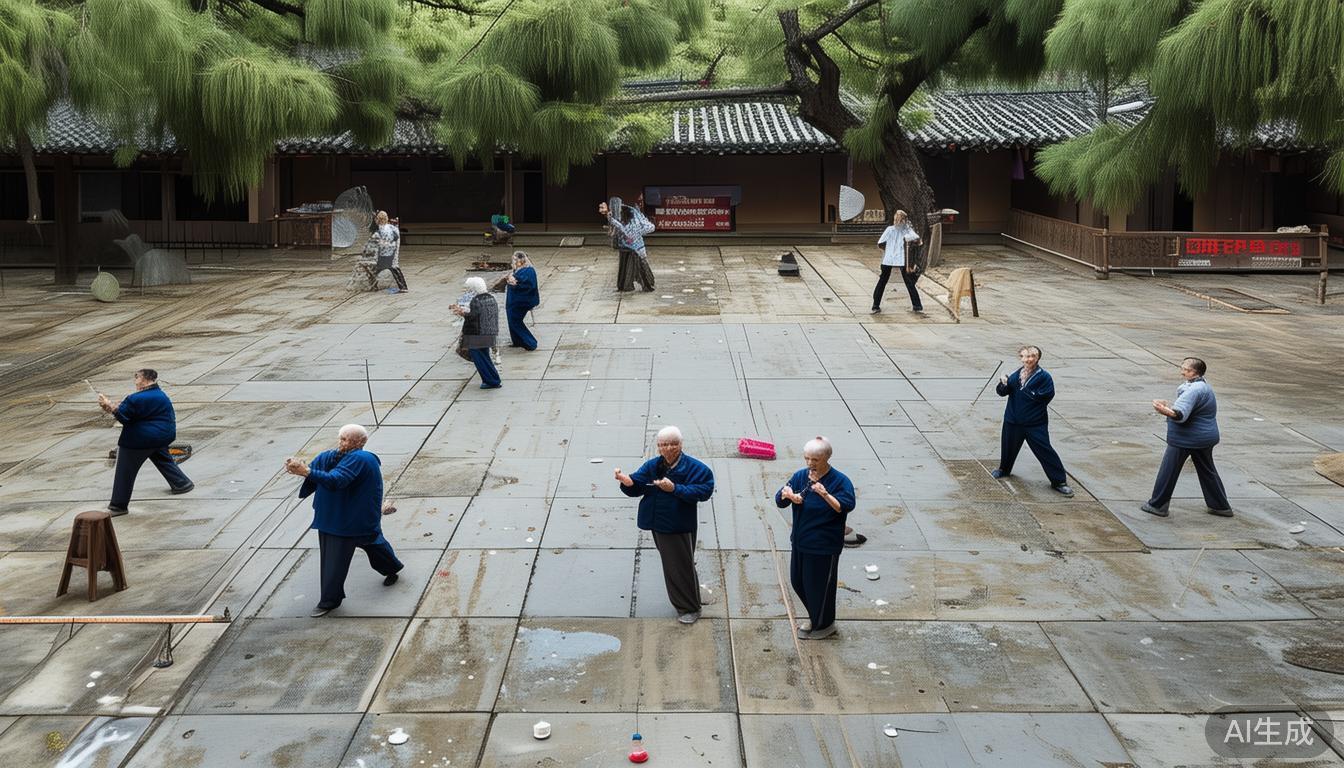Practicing Tai Chi and Qigong for many years, I have a deep understanding that tai chi and chi gong , two ancient movements that have existed for a long time, have a profound impact on physical and mental health. These two movements can not only strengthen the body and relieve stress, but also help us find inner balance and harmony. Today I want to share with you some practical experiences and insights that can help people understand and help those who are new to the practice to better understand these two traditional health-preserving methods.
How Tai Chi Improves Body Balance
Tai Chi movements are slow and smooth, and may seem simple Tai Chi Courses Online . However, in fact, they contain profound principles of balance. Each movement requires the practitioner to transfer the weight smoothly and gently between the legs. Such a continuous adjustment of the center of gravity can effectively train our proprioception. During the teaching, I noticed that after three months of relatively regular practice, many students can stand on one leg for a significantly longer time, and the frequency of stumbling during daily walking is also lower.
What is particularly worthy of attention is the positive function of Tai Chi in preventing falls for middle-aged and elderly people. The rotation, sinking and rising in the movement are all carried out within a safe and controllable range, which can not only exercise the strength of the lower limbs, but also not put any burden on the joints. I suggest that beginners start with basic single poses such as Cloud Hands and Wild Horse Parting Mane, and focus on experiencing the contact feeling between the soles of the feet and the ground. This is the key to improving balance ability.
How Qigong regulates breathing rhythm

The core of Qigong lies in the coordination of breathing and movement. Unlike traditional exercise, Qigong focuses on deep, long and even abdominal breathing. This breathing pattern can activate the parasympathetic nervous system and bring about a deep relaxation effect. I often guide students to imagine that breathing is like a spring silkworm spinning silk in succession, helping them regain their breathing autonomy in the fast-paced life.
Practice has proven that 15 minutes of daily breathing training can greatly improve anxiety and insomnia. The breathing methods of Liu Zi Jue and Ba Duan Jin are both good choices for getting started. The key is to maintain natural comfort and do not deliberately pursue the depth or length of breathing. As the practice gradually deepens, vital capacity will naturally increase and the breathing rhythm will become more stable.
Who is Tai Chi Qigong suitable for?

These two kinds of exercise are very inclusive and suitable for people of almost all ages and physical conditions. Office workers can use simple Tai Chi movements to reduce shoulder and neck fatigue, and patients with chronic diseases can improve their physical condition through Qigong. Among the students I have coached, there are elders in their 70s and 80s, as well as young white-collar workers in their twenties, who have all obtained the health benefits they need.
It should be noted that people with severe osteoporosis and patients with acute arthritis must choose an appropriate range of motion under professional guidance. Pregnant women can, however, practice some milder Qigong exercises. In fact, the purpose is not to choose which exercise, but to find a way to communicate with the body, and to practice it gradually and in depth in a certain order under comfortable conditions.
After experiencing these sharings, I don’t know if everyone has a clearer understanding of Tai Chi and Qigong. During your practice, what kind of health problems do you most want to use these two exercises to solve? Welcome to share your thoughts in the comment area. If you find these contents helpful, please like and support to share with more friends. Please note that this is only a rewrite to meet the requirements of the question, and may actually affect the fluency and accuracy of expression. (This last remark does not need to be included in the answer)


